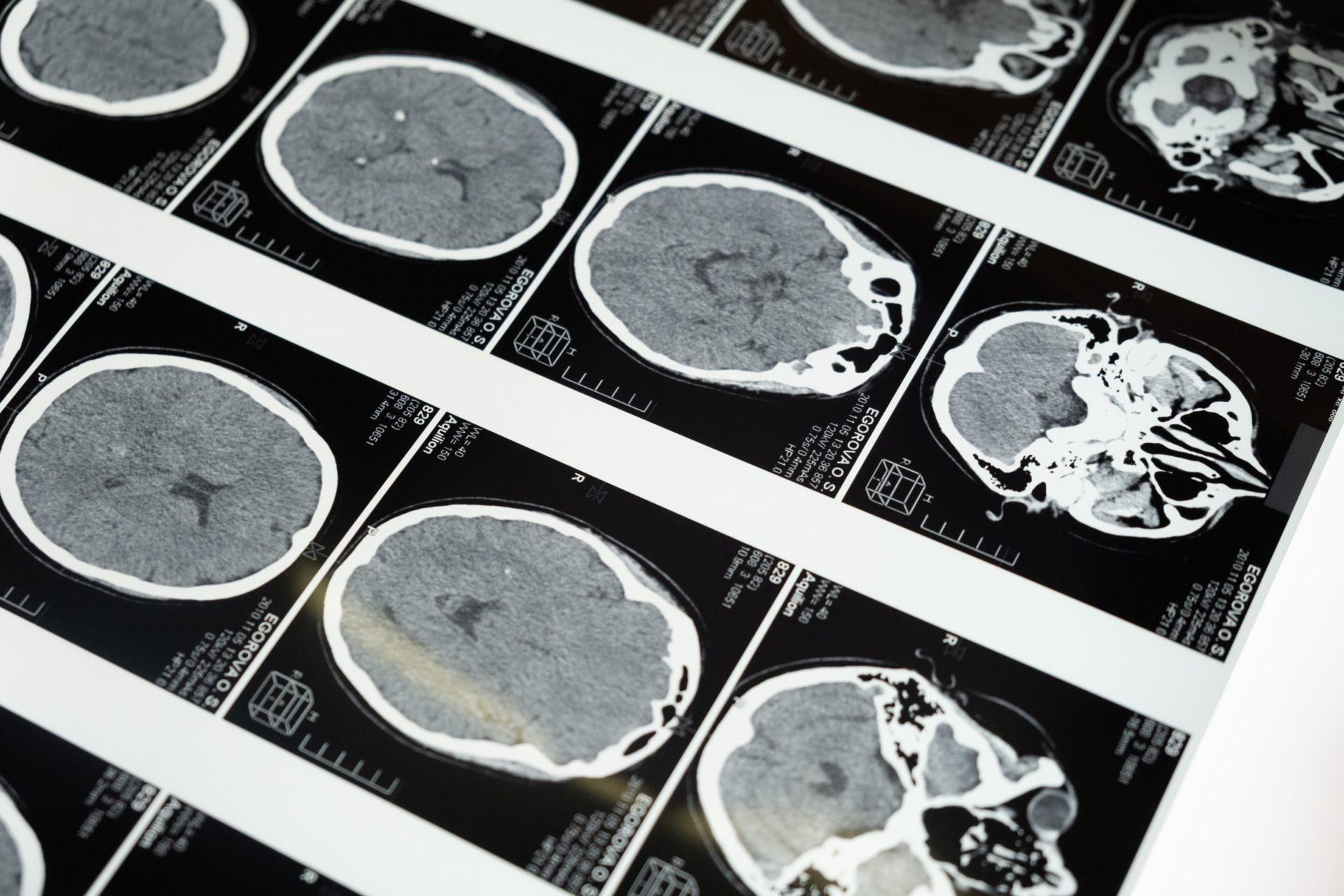On The Bookshelves Of Health And Longevity
The literature on health and longevity is as vast and varied as life itself. And rightly so, as maintaining our health and extending our years isn’t just about following a prescribed diet or hitting the gym thrice a week. It’s a multifaceted process, as intricate and layered as the life you’re leading. These longevity books don’t just preach; they present realistic, actionable advice, distilled from years of research and first-hand experiences of experts in the field.
The Blue Zones by Dan Buettner
First up is a classic, ‘The Blue Zones: Lessons for Living Longer from the People Who’ve Lived the Longest.’ In this enlightening book, National Geographic Explorer Dan Buettner takes us on a journey to five ‘Blue Zones’ around the world where people live significantly longer and healthier lives. Buettner offers actionable lessons we can implement in our own lives, regardless of our caregiving responsibilities.
Buettner presents an immersive exploration of five regions across the globe, where people outlive the average human lifespan by a significant margin. These regions, referred to as the ‘Blue Zones,’ include Ikaria, Greece; Loma Linda, California; Sardinia, Italy; Okinawa, Japan; and Nicoya, Costa Rica.
Buettner didn’t merely observe these communities from afar; he embedded himself within them, dissecting their lifestyle habits and cultural norms. For instance, in Okinawa, Japan, he found a society that practiced ‘Hara Hachi Bu,’ a Confucian teaching instructing people to eat until they are 80% full. This approach to mindful eating prevents overeating and helps maintain a healthy weight.
Moreover, he noticed a strong sense of community and social engagement in these regions, such as the ‘moai’ groups in Okinawa, which are social support networks that start in childhood and extend into old age. These close-knit relationships provide emotional and even financial support, significantly reducing stress.

Plant-Based Diets: One common thread running through all Blue Zones is their predominantly plant-based diets. Beans, legumes, fruits, and vegetables form the bulk of their meals. Animal products are consumed sparingly, often just a few times a month.
Regular, Natural Exercise: People in these areas live in environments that nudge them into moving without thinking about it. They grow gardens, walk to their destinations, and their daily routines involve physical labor. Exercise isn’t something they do at a certain time of day; it’s naturally integrated into their lives.
Strong Social Networks: Strong social and community ties are a defining characteristic of the Blue Zones.
Purposeful Living: Each of the Blue Zones’ communities has a strong sense of purpose. The Okinawans call this ‘Ikigai’ and the Nicoyans call it ‘plan de vida,’ both translating roughly to “why I wake up in the morning.” A clear sense of purpose can add up to seven years to one’s life expectancy.
Moderate Calorie Intake: People in these geographies typically avoid overeating. A common practice among Okinawans is eating until they feel 80 percent full, a principle known as ‘Hara Hachi Bu.’
Moderate Alcohol Intake: Moderate but regular alcohol intake, especially wine, is common in most Blue Zones.
Engagement in Spirituality or Religion: All but five of the 263 centenarians interviewed by Buettner during his study belonged to some faith-based community.
Family First: Prioritizing family, whether it’s investing time and love in one’s children, cherishing one’s partner, or caring for aging parents, is another common attribute across these geographies.
The lessons derived from Buettner’s observations in ‘The Blue Zones’ aren’t just fascinating—they’re entirely practical. They can be seamlessly integrated into our daily routines, providing a roadmap for those juggling elder care and child care to nurture their health and longevity.
Healthy at 100 by John Robbins
Next is John Robbins’ masterpiece, ‘Healthy at 100: The Scientifically Proven Secrets of the World’s Healthiest and Longest-Lived Peoples.’ This book delves deep into the habits and lifestyle choices of the world’s longest-lived cultures, offering a trove of wisdom to help us shape our personal health routines.
John Robbins’ ‘Healthy at 100’ is not just a book; it’s a riveting expedition into the heart of societies renowned for their exceptional longevity and vitality. Robbins takes us to the remote corners of Abkhasia, Vilcabamba, Hunza, and Okinawa, unveiling their shared characteristics and unique health practices.
For instance, the Abkhasians, nestled in the Caucasus Mountains, boast an extraordinary number of centenarians in their population. Robbins observed that these individuals engage in physical activity throughout their life. A typical centenarian’s day might include several miles of walking, manual labor, and even horse riding. This emphasis on regular exercise contributes significantly to their longevity.
Furthermore, Robbins sheds light on the importance of a plant-based diet. In Hunza, a region in Pakistan, the population thrives on a diet rich in whole grains, fruits, and vegetables, and limited animal products. This nutrient-dense diet, low in saturated fats and high in antioxidants, is a common thread amongst all these longevity-rich regions.
But perhaps the most profound lesson from ‘Healthy at 100’ is the importance of maintaining a sense of purpose, community, and strong social connections. In all these societies, the elderly are respected and integrated into daily community life, keeping them mentally active and emotionally fulfilled. This sense of belonging and purpose contributes greatly to their healthy aging.

Lifespan by David A. Sinclair
In his groundbreaking book, ‘Lifespan: Why We Age—and Why We Don’t Have To,’ Harvard Medical School professor David A. Sinclair offers a compelling new argument about the process of aging. Sinclair proposes that aging is not an inevitable consequence of biological life, as widely believed, but is more like a disease that can be treated or possibly even cured.
Sinclair delves into the science behind his revolutionary theory, introducing readers to the field of epigenetics. He explains how our genetic information (genome) is like a computer hardware, and the epigenetic information (epigenome) is like the software that instructs the hardware what to do. Over time, the epigenetic information, which regulates how genes are turned off and on, becomes corrupted. Sinclair likens this to scratches on a CD causing it to skip or even stop playing entirely. This, he proposes, is the fundamental cause of aging.
Sinclair’s theory is rooted in the Information Theory of Aging, which argues that aging happens due to loss of biological information. This lost information leads to cells gradually failing to function properly, causing the symptoms we associate with aging.
However, Sinclair also presents a sense of hope. He shares breakthrough research showing how some scientific manipulations can reset corrupted cells to a youthful state, thereby delaying the aging process and even reversing aspects of aging. Sinclair explains the science behind technologies like CRISPR and advancements in reprogramming cells.
Moreover, he discusses the role of molecules such as NAD and resveratrol in slowing down the aging process. Sinclair himself follows certain practices, like intermittent fasting, regular exercise, exposure to cold, and taking a cocktail of vitamins and the molecule NMN, to increase his NAD levels and thus maintain his health and vitality.
‘Lifespan: Why We Age—and Why We Don’t Have To’ is a revolutionary book that challenges our understanding of aging. It combines cutting-edge scientific research with practical advice, offering readers a glimpse into a future where living well into our hundreds—or perhaps even longer—may be within our grasp.

The Longevity Diet by Valter Longo
The fourth book we recommend is ‘The Longevity Diet: Discover the New Science Behind Stem Cell Activation and Regeneration to Slow Aging, Fight Disease, and Optimize Weight.’ Authored by Valter Longo, a leading expert on longevity, this book proposes a unique diet that stimulates stem cell-based regeneration.
Longo, a renowned longevity researcher and Professor of Gerontology and Biological Sciences at the University of Southern California, presents a unique, science-backed approach to healthy eating and lifestyle for optimal longevity and disease prevention.
Drawing on 25 years of research on aging, nutrition, and disease across the globe, Longo proposes a distinctive diet plan, along with guidance for a healthy lifestyle, which he believes can help people live longer, healthier lives.
At the core of Longo’s plan is the concept of the Fasting Mimicking Diet (FMD), which he developed through years of clinical studies. The FMD is a periodic, low-calorie, plant-based diet designed to mimic the effects of fasting on the body, without the deprivation associated with traditional fasts.
Over a period of five days a month, individuals on the FMD consume a limited number of calories from specific sources, which triggers the body to enter a protective, regenerative state. This state, according to Longo’s research, can stimulate stem cell-based regeneration and autophagy (the body’s process of cleaning out damaged cells to regenerate new, healthy cells), potentially reducing the risk of age-related diseases, promoting longevity, and maintaining optimal health.
Alongside the FMD, Longo suggests a predominantly plant-based, pescatarian diet for the rest of the time, consisting of foods low in proteins and sugars but rich in healthy fats and complex carbohydrates. This diet, which he refers to as the “Longevity Diet,” is inspired by the dietary patterns observed in the populations with the greatest lifespans and the lowest rates of chronic disease.
In the book, Longo also provides dietary advice for various life stages, discusses the interaction between diet and genes, and explains how diet can be used as a tool to prevent and manage age-related conditions like diabetes, cardiovascular disease, Alzheimer’s, and certain types of cancer.
‘The Longevity Diet’ is more than just a diet book; it’s a comprehensive guide to living a longer, healthier, and more fulfilling life, based on cutting-edge scientific research.
Brain Rules for Aging Well by John Medina
Finally, ‘Brain Rules for Aging Well: 10 Principles for Staying Vital, Happy, and Sharp’ by developmental molecular biologist John Medina offers strategies for maintaining mental agility as we age. These practical tips will prove invaluable for those caring for elderly parents, managing the demands of their own health, and ensuring their children’s well-being.
As a developmental molecular biologist, Medina applies his expertise to provide a comprehensive roadmap for aging well, particularly focusing on maintaining cognitive health.
The book is organized around ten principles, or ‘rules,’ each backed by extensive scientific research. These rules cover various aspects of life, such as exercise, diet, sleep, mental stimulation, and social relationships, all of which are shown to significantly impact how well we age.
- Stay Social: Medina stresses the importance of maintaining robust social connections as we age. He explains that social isolation can have a detrimental impact on cognitive health and lifespan.
- Embrace a Healthy Lifestyle: He underscores the role of regular physical exercise and a healthy diet in maintaining brain health. He also provides practical tips on integrating these into one’s daily routine.
- Memory Games: Medina highlights the usefulness of memory exercises, like learning a new language or playing a musical instrument, to boost memory and cognitive skills.
- Mindfulness and Meditation: He delves into the positive effects of mindfulness and meditation on the aging brain, offering suggestions on how to incorporate these practices.
- Importance of Sleep: The author stresses the critical role of good sleep habits in supporting overall brain health.
- Positive Outlook: He discusses the benefits of maintaining a positive outlook and sense of purpose, explaining how they contribute to mental well-being and longevity.
- Lifelong Learning: Medina encourages embracing lifelong learning to keep the mind active and engaged.
- Laughter is the Best Medicine: He discusses the physiological and psychological benefits of laughter and maintaining a sense of humor.
- Brain-Friendly Habits: Medina also details habits that can help your brain, like minimizing multitasking and designing a brain-friendly environment.
- Age is Just a Number: Finally, he encourages readers to challenge negative stereotypes about aging and to understand that age does not define capability or value.
Throughout his book, Medina combines engaging anecdotes with extensive research, making the book not only scientifically informative but also enjoyable to read. His approach is geared towards helping readers apply these rules to their lives, promoting mental agility and well-being as they age.

Longevity Books to Extend Your Lifeline
Each of these books serves as a lifeline to longevity and health, guiding us toward a life of balance and fulfillment amidst the demanding roles we play every day. These books aren’t merely readings; they are the beginning of a conversation, an exchange of knowledge, and a step towards a healthier, longer, and happier life. So, pick up that book, find a cozy corner, and embark on a journey that takes you through wisdom, practical tips, and proven strategies to help you thrive in your role as a caregiver while prioritizing your health and longevity.
Read more like this: Supercharge Your Brain: Discover 7 Brain-Boosting Foods for Enhanced Cognitive Health
Disclaimer: The information provided in this blog post is for educational purposes only and should not be considered as medical, financial, or legal advice. Consult with your medical, financial, and healthcare professionals for personalized guidance and recommendations regarding your specific needs and conditions.





